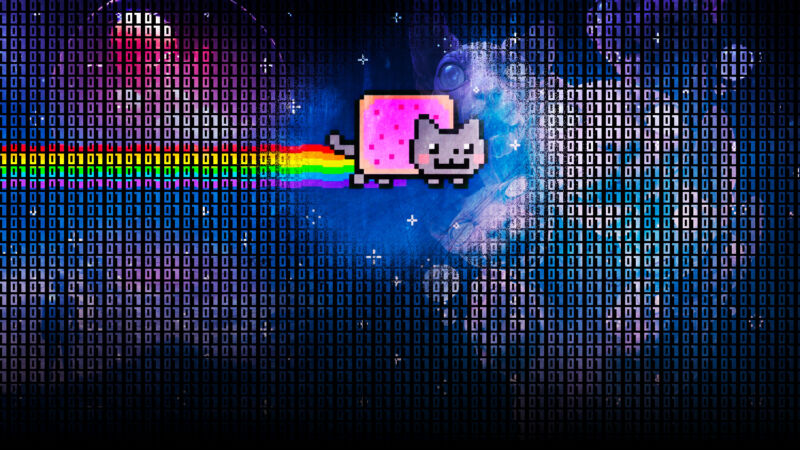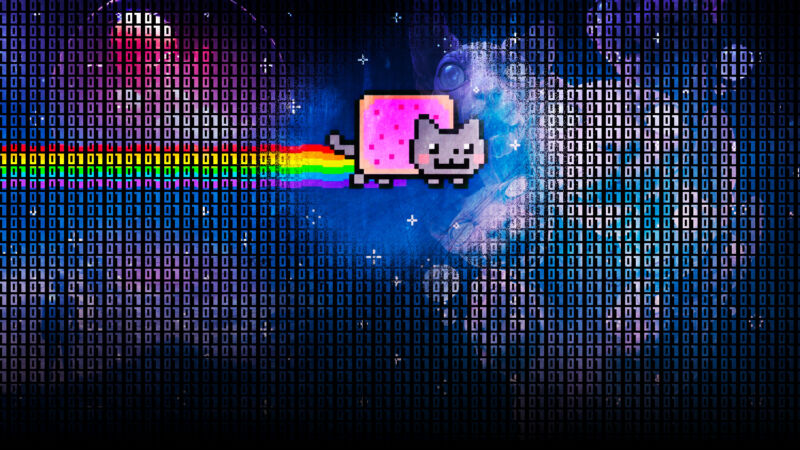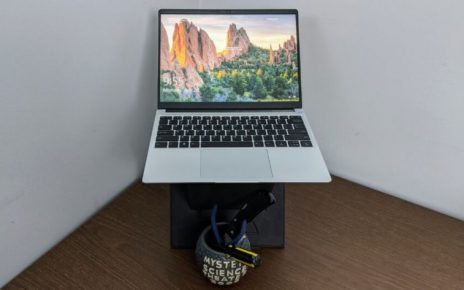
Enlarge / Look ma, I’m on the blockchain (credit: Chris Torres | Beeple | Aurich Lawson)
It has been nearly 10 years now since Ars Technica first described Bitcoin to readers as “the world’s first virtual currency… designed by an enigmatic, freedom-loving hacker, and currently used by the geek underground to buy and sell everything from servers to cellphone jammers.” A decade later, Bitcoin and other cryptocurrencies are practically mainstream, and even most non-techies know the blockchain basics powering a decentralized financial revolution (or a persistent bubble, if you prefer).
What Bitcoin was to 2011, NFTs are to 2021. So-called “non-fungible tokens” are having a bit of a moment in recent weeks, attracting a surge of venture capital cash and eye-watering speculative values for traceable digital goods. This despite the fact that most of the general public barely understands how this blockchain-based system of digital authentication works, or why it’s behind people paying $69 million for a single GIF.
Fungible? Token?
Perhaps the simplest way to start thinking about NFTs is as a digital version of the various “certificates of authenticity” that are prevalent in the market for real-world art and collectibles. Instead of a slip of paper, though, NFTs use cryptographic smart contracts and a distributed blockchain (most often built on top of Ethereum these days) to certify who owns each distinct, authentic token.





